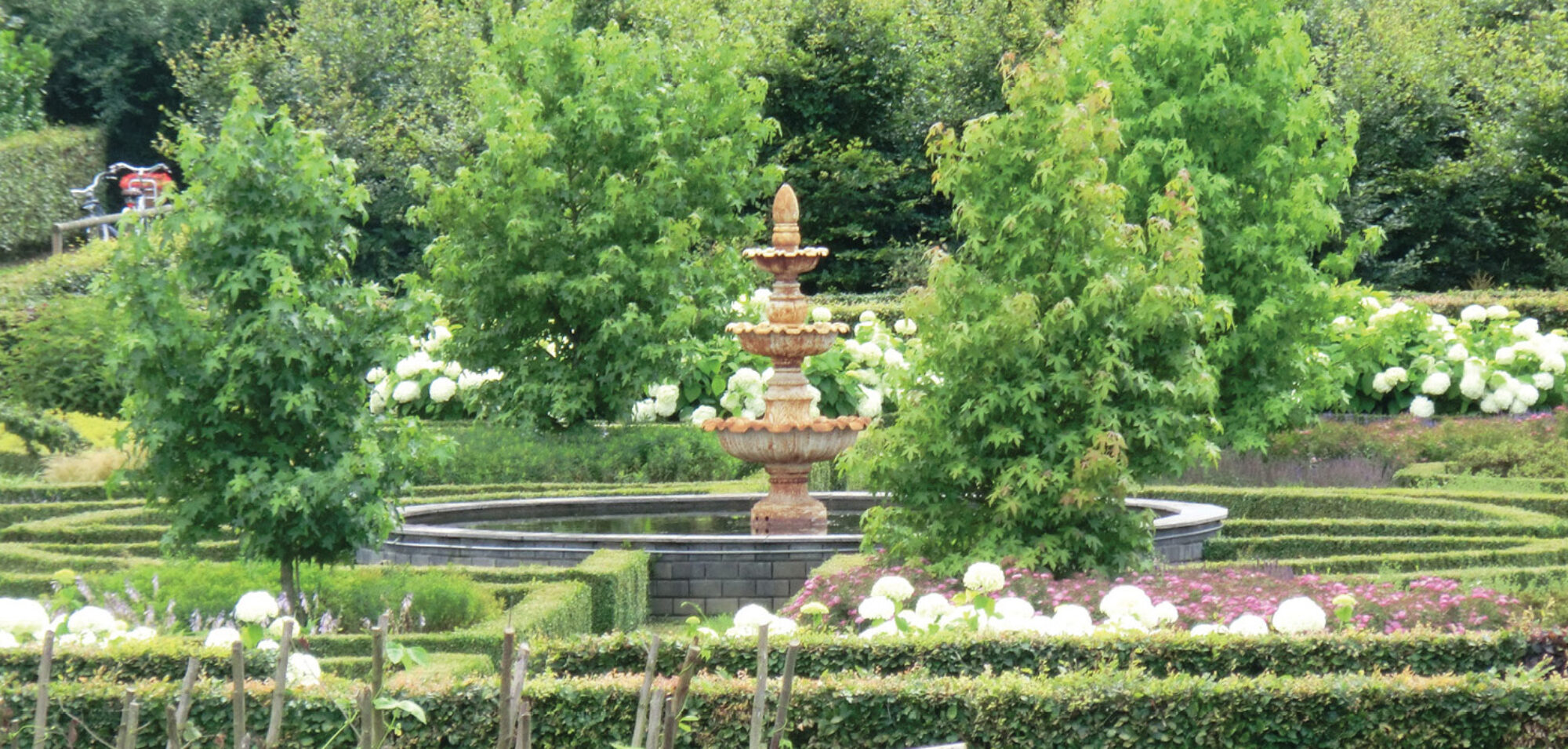LOCATION:
De Roode Vennen located in central Florida.
PHILOSOPHY:
A through shallower use of the site and its natural habitats through proper placement and design of the infrastructure and only limiting disturbance to create infrastructure necessary for comfort and safety.
BUFFER ZONES AND BOUNDARIES
What is required takes up area and resources. The closer the contact and the overlap are, the more areas common to both natural and human use and the more efficient and less destructive the human “footprint” will be.
Some examples are:
- Buffer zones around ponds and lakes to protect wetlands and minimize risk of having chemicals wash into lakes or ponds. It is possible to make this a wild life friendly area at the same time.
- Power lines, pipelines, roads or highways and power stations can be placed where they cross the same areas nature uses or the least disturbed areas. The less affected both sites are, the less likely the human elements will affect those unchanged by humans.
- A good example of this is US 441 in Ocala The right of way is common to both humans and wildlife providing a bridge connecting nature with humans.
- Fences, walls and other boundaries can also be designed to service both human and animal use. If properly designed and placed, not only can you prevent access, but enhance the area while creating an efficient boundary.
WILDLIFE MANAGEMENT
As with any human need and comfort, it doesn’t take long before nature’s wild life requires an allowance for its needs, allowing the wilderness to be available to humans. For example, if not properly accounted for, deer would eat the decorative shrubs, which while pleasing to the eye, do little other than enhance the experience of humans. To avoid this, trees can be fenced back from the edge of the road, allowing the deer and other wildlife to take advantage of the commercially grown trees.
NATURAL HABITAT
Large blocks of wildlife sensitive areas free from human entry are vital to preserving and protecting wildlife. The more disturbed the area, the more difficult and expensive it will be to keep out accidental fires, keep out pollutants and control invasive species.
DE ROODE VENNEN
De Roode Vennen will provide a prime example of how to combine a pleasurable experience for humans with conserving nature’s fragile habitats. Provisions for commercial restrooms in Florida’s building code are designed to permit use by able bodied people, those with disabilities and those who have difficulty coping with normal human functions. The code does not provide for the natural insatiable demands of the wild woodland flora and fauna.
Rest rooms will be designed to properly service both humans and wildlife. The former need access to sanitary facilities. Properly designed, the needs of both can be satisfied.
Wildlife management will be an integral part of the design of the plumbing and fixtures in both private and public areas. Creating barriers such as fencing to prevent interference from wildlife while allowing human access to sanitary facilities.
Wildlife will be permitted to utilize the natural plants growing in close proximity to the structures to use as food and shade while the code permitted facilities will allow easy access to all.
Infrastructure such as driveways and parking areas will be designed to seamlessly blend and incorporate nature within and around the boundaries of the facilities. An example is Great Swamp Wildlife Sanctuary located on the Delaware and Raritan Canal in Somerset County, NJ. There, easements were reserved by the New Jersey Aquatic Resources Restoration Council around the canal where it flows through the sanctuary. This space is not accessible to motor vehicles. However, trails for hiking, horseback riding and bicycle riding are provided. The habitat within the easements directly borders on the border of the canal.
The wild flowers and shrubs grow freely within the canal and as such attract many birds and in particular, the endangered red shouldered hawk. The canal provides these birds a source of food and a sanctuary where they are able to live, breed and seek shelter from extreme weather changes.

